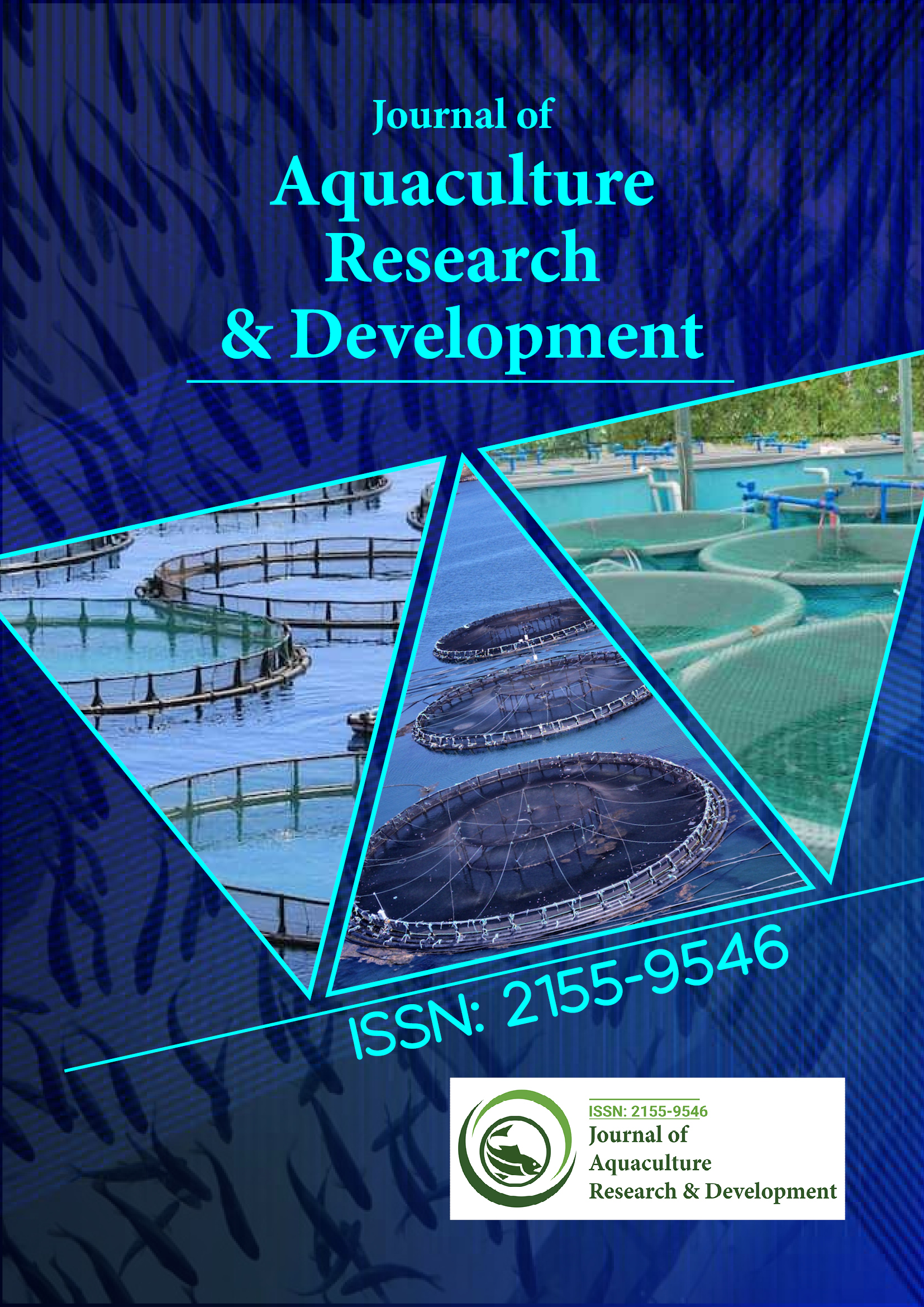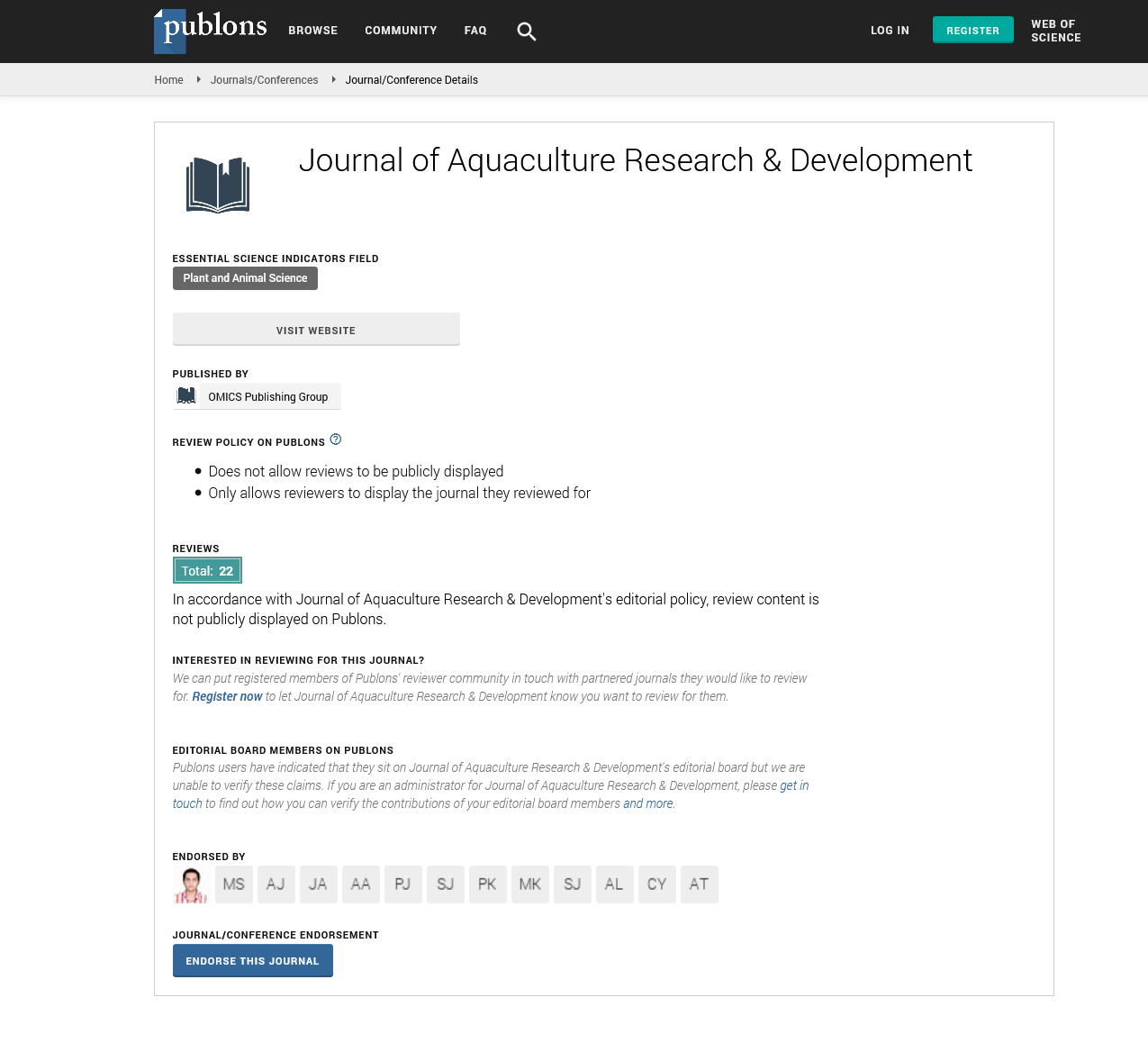Indexed In
- Online Access to Research in the Environment (OARE)
- Open J Gate
- Genamics JournalSeek
- JournalTOCs
- Scimago
- Ulrich's Periodicals Directory
- Access to Global Online Research in Agriculture (AGORA)
- Electronic Journals Library
- Centre for Agriculture and Biosciences International (CABI)
- RefSeek
- Directory of Research Journal Indexing (DRJI)
- Hamdard University
- EBSCO A-Z
- OCLC- WorldCat
- Scholarsteer
- SWB online catalog
- Virtual Library of Biology (vifabio)
- Publons
- MIAR
- University Grants Commission
- Euro Pub
- Google Scholar
Useful Links
Share This Page
Journal Flyer

Open Access Journals
- Agri and Aquaculture
- Biochemistry
- Bioinformatics & Systems Biology
- Business & Management
- Chemistry
- Clinical Sciences
- Engineering
- Food & Nutrition
- General Science
- Genetics & Molecular Biology
- Immunology & Microbiology
- Medical Sciences
- Neuroscience & Psychology
- Nursing & Health Care
- Pharmaceutical Sciences
Opinion - (2025) Volume 16, Issue 5
Coupled Biological and Physical Drivers Affecting Plankton Densities in Coastal Ecosystems
Aloysio Stanley*Received: 28-Apr-2025, Manuscript No. JARD-25-29683 ; Editor assigned: 01-May-2025, Pre QC No. JARD-25-29683 (PQ); Reviewed: 15-May-2025, QC No. JARD-25-29683 ; Revised: 22-May-2025, Manuscript No. JARD-25-29683 (R); Published: 29-May-2025, DOI: 10.35248/2155-9546.25.16.994
Description
Plankton communities form the foundation of aquatic food webs and play a decisive role in regulating energy transfer, nutrient cycling and ecosystem productivity. Their distribution and behavior are influenced by a combination of biological rhythms and environmental forces. Among the most significant behavioral processes is Diel Vertical Migration (DVM), a movement pattern where plankton ascend and descend through the water column in response to daily cycles of light and predation risk. Alongside this biological rhythm, physical drivers such as tidal currents exert powerful influences, particularly in coastal systems characterized by high variability in water movement, salinity and nutrient exchange. Understanding how these two forces interact to shape plankton densities is central to assessing coastal ecological dynamics and resource availability.
Diel vertical migration in plankton
Diel vertical migration is one of the most widespread behaviors in aquatic organisms, observed in both phytoplankton and zooplankton. Typically, zooplankton ascend to surface waters at night to feed and descend to deeper layers during the day to reduce exposure to visual predators. This movement is influenced by light intensity, food availability and predation pressure. In phytoplankton, although active movement is limited, buoyancy regulation and water column mixing allow shifts in depth distribution aligned with light cycles.
The ecological importance of DVM lies in its contribution to predator-prey interactions, nutrient redistribution and carbon flux. As zooplankton migrate, they transport organic material vertically, influencing nutrient availability for primary producers. In coastal waters where productivity is high, these vertical migrations can strongly affect both local food web structure and larger-scale biogeochemical processes.
Tidal influences on plankton distributions
Tidal cycles are a defining feature of coastal systems, generating oscillating currents, water exchange and changes in stratification. Plankton populations experience direct physical transport by tidal flows, which can lead to spatial concentration or dispersal. In estuarine and nearshore waters, tides also regulate salinity gradients and mixing intensity, further shaping plankton community composition.
During flood tides, plankton may be transported landward, enhancing nutrient exchange between estuarine and marine environments. Conversely, ebb tides can flush organisms seaward, altering community densities across tidal cycles. The interaction of tidal shear and vertical stratification often creates zones of accumulation where plankton are retained, thereby increasing localized densities. Such tidal dynamics are particularly important in narrow estuaries, tidal channels and lagoons, where residence times and hydrodynamic conditions strongly dictate biological distribution.
Diel vertical migration and tidal forcing
In dynamic coastal systems, diel migration does not occur in isolation. Tidal currents interact with vertical migratory patterns, producing complex distributional outcomes. For instance, zooplankton that descend during daylight may encounter strong bottom currents that transport them horizontally before ascending again at night. This coupling of biological behavior and physical forcing can create spatial patchiness, with high densities of plankton concentrated in certain tidal phases or geographic locations.
Stratification further modulates this interaction. When water columns are strongly stratified, plankton may exploit density gradients to maintain position and avoid advective losses. In contrast, highly mixed tidal environments may override vertical migration, dispersing plankton regardless of behavioral tendencies. The outcome of these interactions has implications for feeding opportunities, predator-prey dynamics and nutrient cycling.
Ecological implications of DVM and tidal interactions
The combined influences of diel migration and tidal forcing on plankton distributions reverberate through coastal ecosystems. High plankton densities during certain tidal phases can provide concentrated feeding opportunities for fish, shellfish and other higher trophic levels. Migratory behavior that redistributes nutrients vertically also enhances primary production by delivering organic matter to deeper layers and recycling nutrients in surface waters.
Furthermore, plankton patchiness induced by tidal-migratory interactions contributes to variability in recruitment success of commercially important species. Many fish larvae rely on predictable plankton availability for growth and survival and shifts in timing or density can significantly alter population outcomes. On a broader scale, these dynamics influence biogeochemical processes, including oxygen cycling, nitrogen flux and organic matter deposition in sediments.
Diel vertical migration and tidal influences are two fundamental drivers shaping plankton distributions in coastal systems. While migration reflects biological rhythms responding to light and predation risk, tides impose physical forces that transport and redistribute populations. Their interaction generates complex patterns of plankton density, with consequences for food webs, nutrient dynamics and ecosystem functioning.
By combining detailed observations with experimental and modeling approaches, researchers can better understand these processes and their ecological implications. Addressing current knowledge gaps and pursuing future research directions will not only advance scientific understanding but also provide insights relevant to managing coastal ecosystems under changing environmental conditions.
Citation: Stanley A (2025). Coupled Biological and Physical Drivers Affecting Plankton Densities in Coastal Ecosystems. J Aquac Res Dev. 16:994.
Copyright: © 2025 Stanley A. This is an open-access article distributed under the terms of the Creative Commons Attribution License, which permits unrestricted use, distribution, and reproduction in any medium, provided the original author and source are credited.

